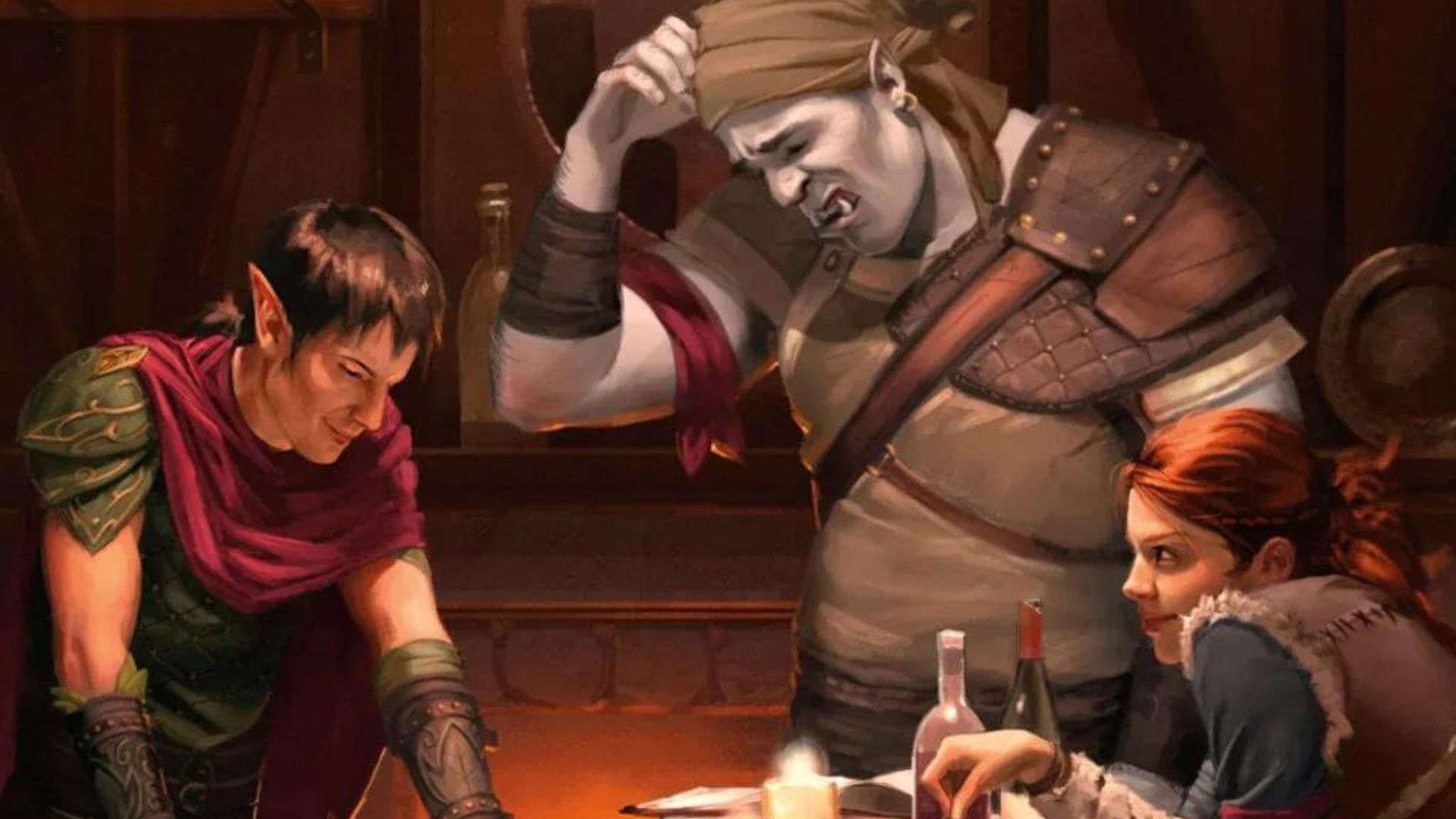
Outside of combat actions, skill checks are probably one of the most important gamified elements of Dungeons & Dragons, and the new D&D character sheet implements a deceptively simple change that seems to be embracing this reality.
If your party is anything like mine, you likely spend far more time tormenting NPCs and waxing poetic about your character backstory than you do doing anything that actually requires a skill check, but when the DM wants to see those dice a-rolling, you better be ready.
Still, even some of best tabletop RPGs can fail at making key gameplay information quick and easy to access. One of the major shifts in the recently revealed 2024 D&D character sheets appears to be done in an effort to change that. In these new designs, each of your skills is categorized by the ability that governs it.
On the face of it, this seems like an excellent idea. However, it might not be that simple.

To understand what I mean, imagine you have a table full of players of varying levels of experience playing D&D – what happens, for example, when their DM asks them all to make an animal handling check? Sure, a seasoned player who knows their stats like the back of their hand can just roll a D20 and add their modifier as they remember it, but the rest of us mere mortals will probably want to double-check our character sheet first.
If you’ve been playing long enough to know that animal handling is a skill governed by Wisdom, the new character sheet majorly streamlines locating that modifier. Instead of going through a full list of all of your skills, your eyes can shoot straight to the list of Wisdom-based ones. This redesign may only save you a second or two, but it’s little things like this that count when making a TTRPG system feel intuitive to play with.
On the other hand, the new 2024 design nixes the alphabetization of skills on your character sheet, which poses a problem for those playing Dungeons & Dragons for the first time. Besides, separating skills by ability doesn’t offer anything of use to those who aren’t yet familiar with those systems. While lots of what we’ve seen so far from the updated D&D core rulebooks leans hard into upping the game’s approachability, this is one of the first additions that seems to directly prioritze the experience of established players. Does that mean Wizards of the Coast shouldn’t have made this change to the new D&D character sheets? Well, that depends.

Do you dare make something that is technically better at the expense of possibly alienating new players? It reminds me of the story behind the QWERTY keyboard layout. By all accounts, QWERTY isn’t the optimal arrangement, but it’s a cultural holdover from the age of typewriters and holding onto it made the transition to using computers far easier for an entire generation of people. Sure, we could change it now but ugh … change is hard.
I’d argue that from a design perspective, the whole issue is just something of a catch-22. It’s part of why there’s such a flourishing community of player-generated D&D resources. At a certain point, you’re going to want something bespoke that’s more geared towards your needs, experience, and play style.
All that said, what I’m really interested in seeing when the new Player Handbook releases September 17 is how it goes about introducing skills and abilities to first-time players and how effectively it will be able to funnel that new knowledge into what is ostensibly a less beginner-friendly character sheet.
Wondering which adventure to play through once the new core rulebooks come out? Check the best D&D books for some inspiration (pun totally intended).
If you’re looking for something else to play while you’re waiting, give one of our best board games picks a try. You’ll also want to keep an eye on Prime Day board game deals to score some savings on your tabletop faves.







